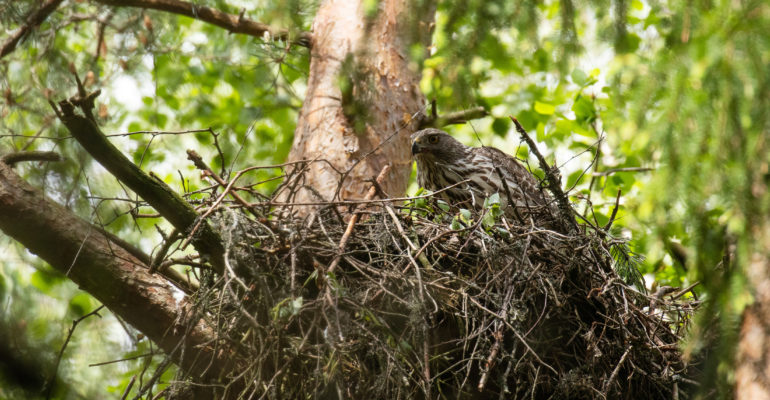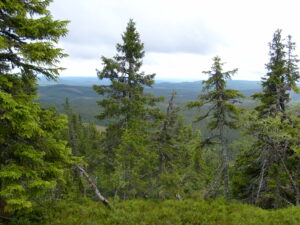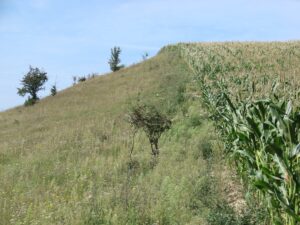EU Parliament votes to limit support for wood burning
An analysis by Kenneth Richter, Bioenergy policy officer for BirdLife Europe
On September 14, the European Parliament voted on the latest revision of the Renewable Energy Directive (RED). In addition to increasing Europe’s renewable energy target to 45%, Parliament also voted on the extent to which wood burning and biofuels should continue to be promoted and counted towards renewable targets.
The situation so far
So far, the EU has been promoting the use forest wood for energy production to member states. As a result, in many European countries power plants are now being converted to wood burning.
But the burning of wood for energy is by no means climate-neutral and the CO2 emissions per unit of energy produced are even higher than from fossil fuels such as coal or gas. In addition, the rapidly increasing demand for wood leads to an increase logging in forests throughout Europe and overseas.
Likewise, the industrial production of agrofuels from food and feed crops is promoted by the EU. This leads to competition over land with food production and to the increasing conversion of natural habitats to cropland.
BirdLife Europe and its coalition partners have been working for years to raise awareness on these issues and to end harmful subsidies and incentives.
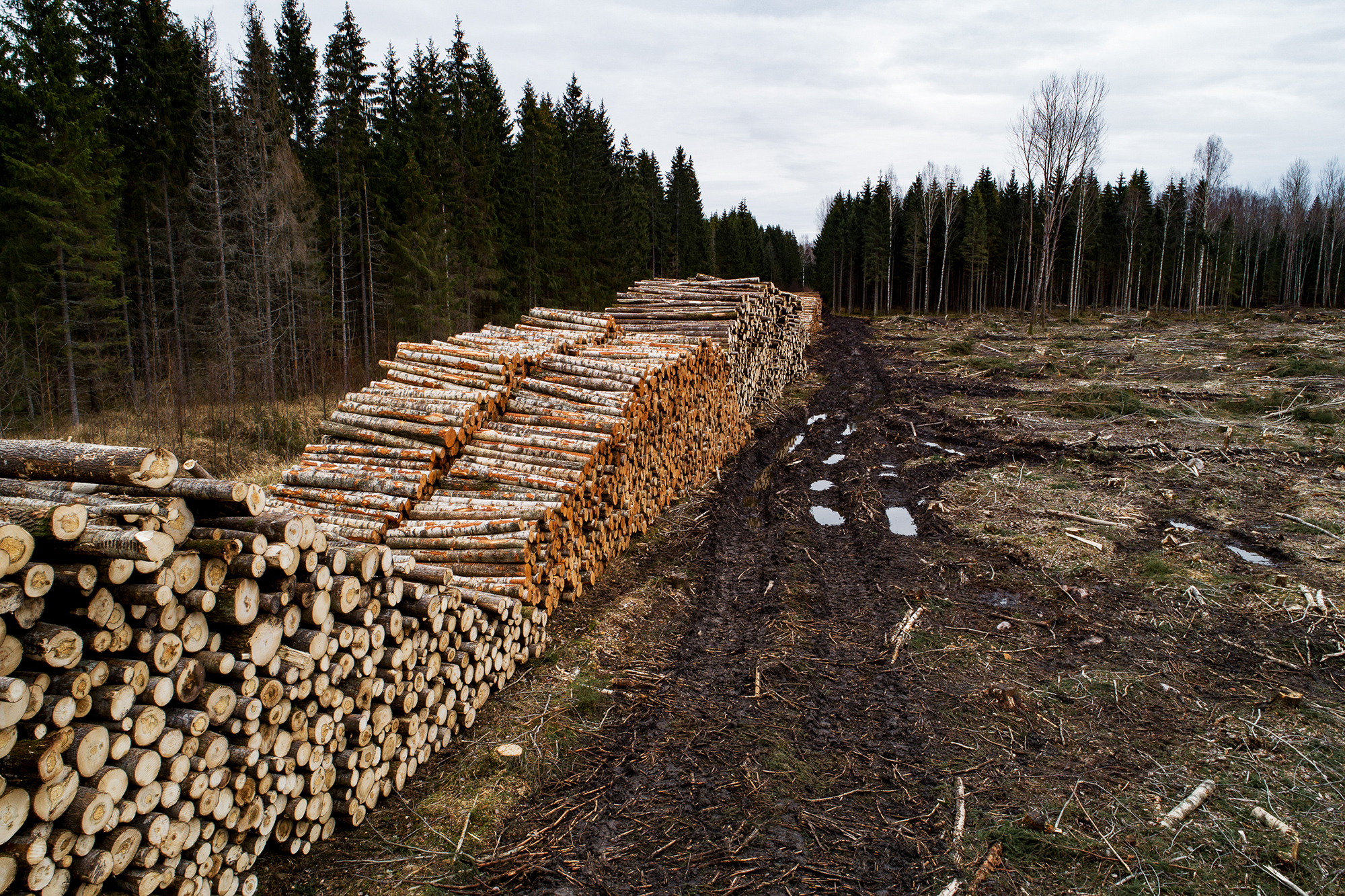
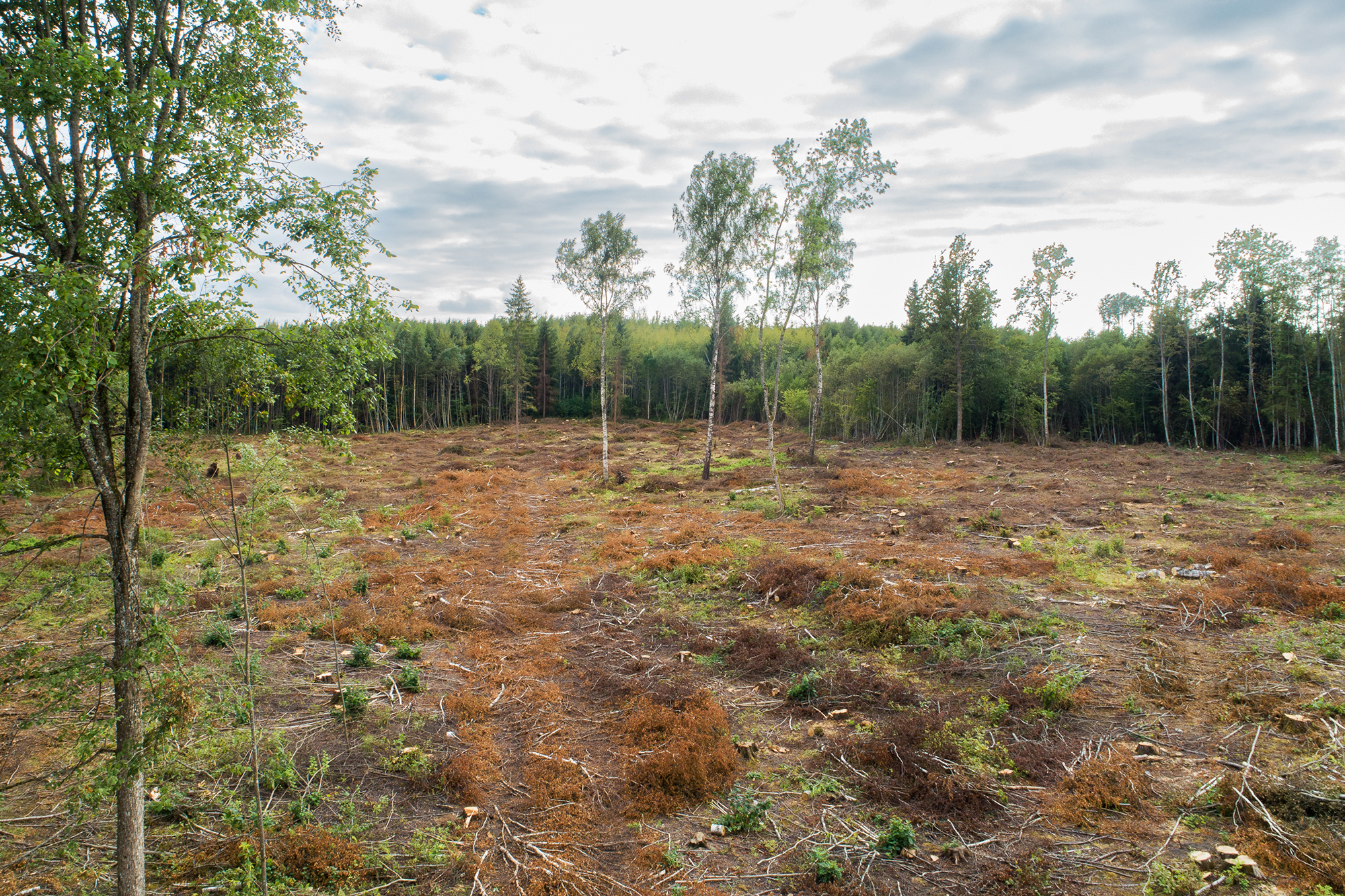
A two-sided result for the EU Parliament vote
On the one hand, MEPs missed an important opportunity to end the promotion of wood burning and crop-based agrofuels now. On the other hand, Parliament sent an important signal to investors that these energies have no future.
In its vote, the European Parliament followed partly the recommendations of its environment committee from May:
- Subsidies for the burning of primary woody biomass (i.e. wood that is not a by-product or waste) shall no longer be allowed in the future (with an important loophole: the definition of primary woody biomass allows for many exemptions, e.g. calamity wood or wood from ‘fire-prone’ forests).
- Member states may continue to count the combustion of primary wood as renewable energy (contrary to the recommendation of the EU Environment Committee and NGOs), but only up to their average consumption in the years 2017-2022. This means that everything beyond this can no longer contribute to the country’s renewable energy goals. In addition, there should be a phase-down of this share, which has not yet been further defined.
- The Cascading Principle for wood – i.e. material use first; energetic use only at the end of a usage cascade – is anchored in the RED. (But: Member states are tasked with implementing the principle and can create big loopholes)
- The burning of wood from certain old-growth, carbon-rich forests with high biodiversity and from wetlands is excluded from RED support.
- In relation to biofuels, a phase-out of fuels made from palm oil and soya was agreed. Unfortunately, no further steps were taken to end subsidies for other agrofuels from food and feed crops.
What’s next?
The next steps in the revision of the RED are the trilogue negotiations, in which the EU Council of Ministers and Parliament must agree on a compromise.
Since the Council’s negotiating position has so far been extremely dominated by the interests of the forest industry, Parliament together with progressive member states – must defend the positive steps taken by this Parliament vote, close the loopholes (such as the weak definition of primary biomass) and work towards a complete phase-out of support for crop-based fuels and forest-wood burning in the interest of climate and biodiversity.
A fundamental rethink on bioenergy has now begun in Europe and we will continue to work for true nature- and climate-friendly renewable energies.

